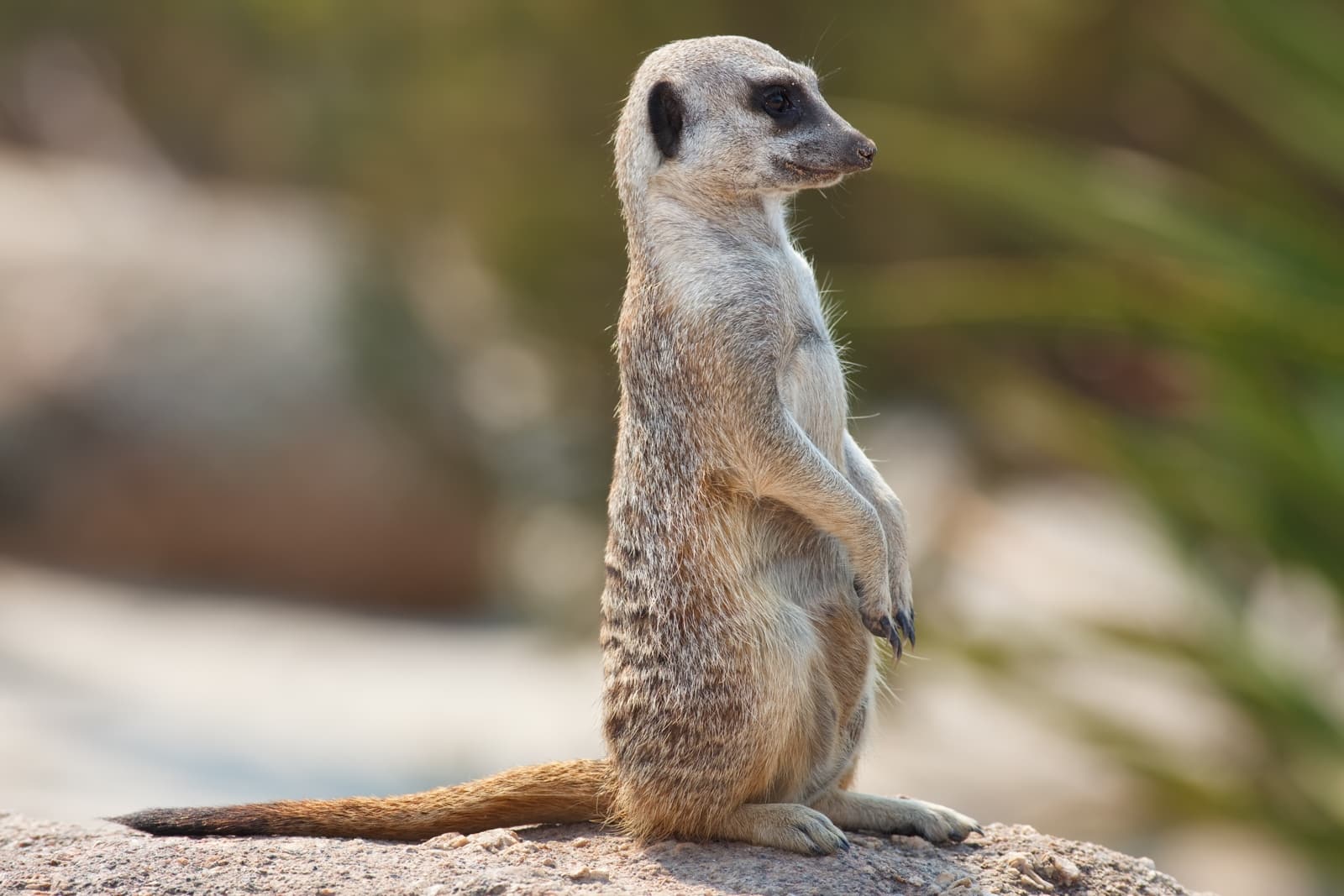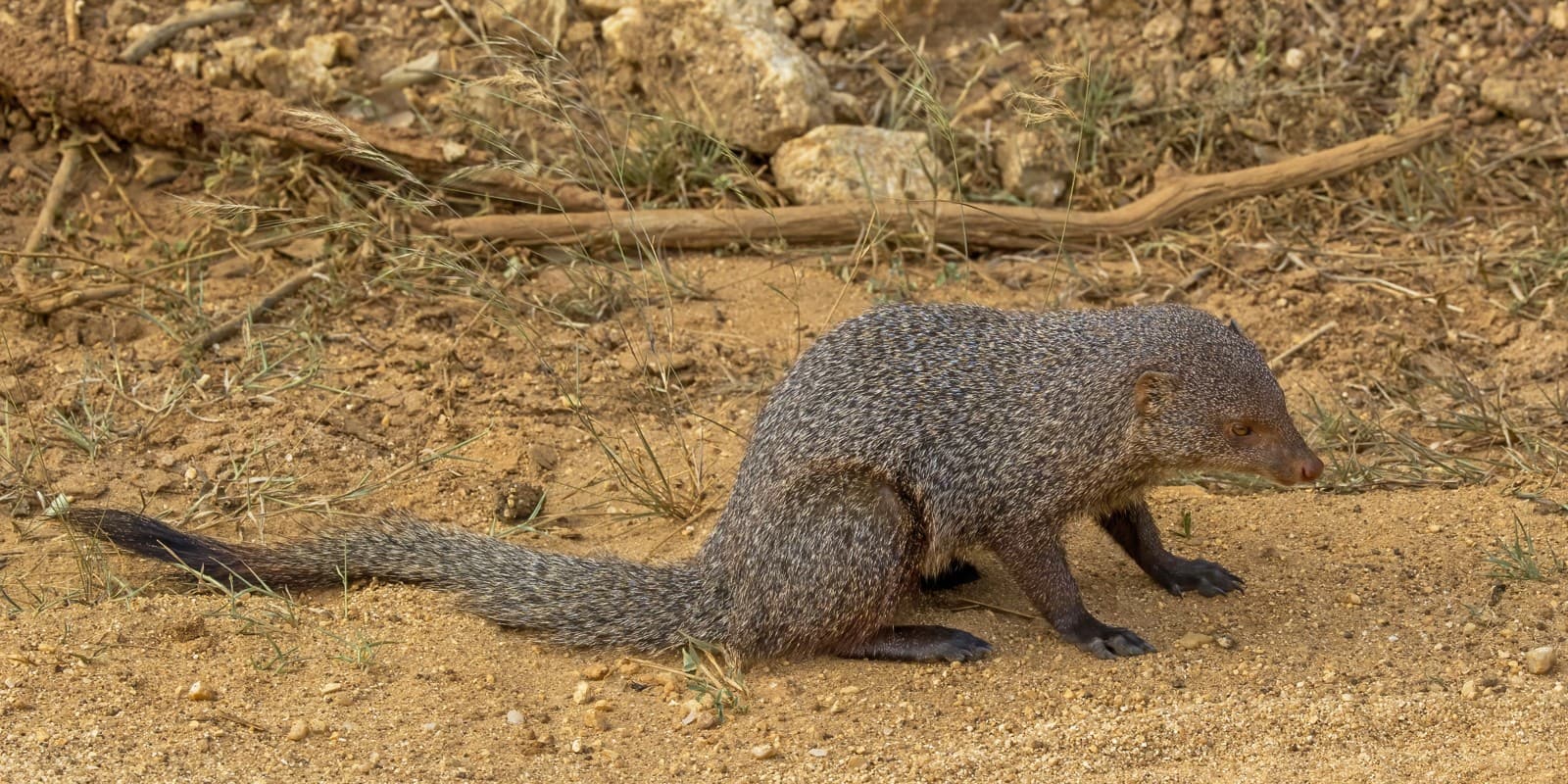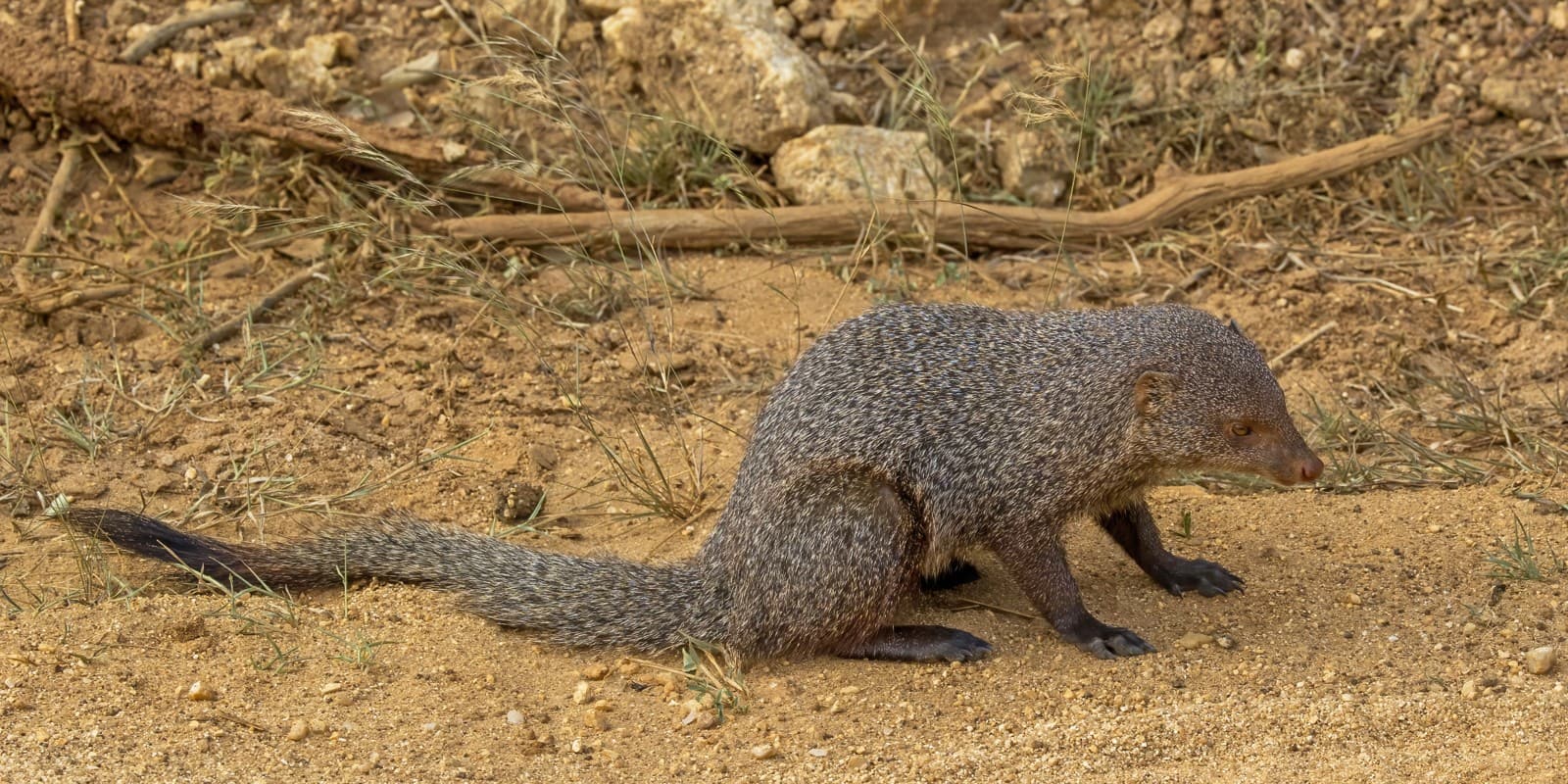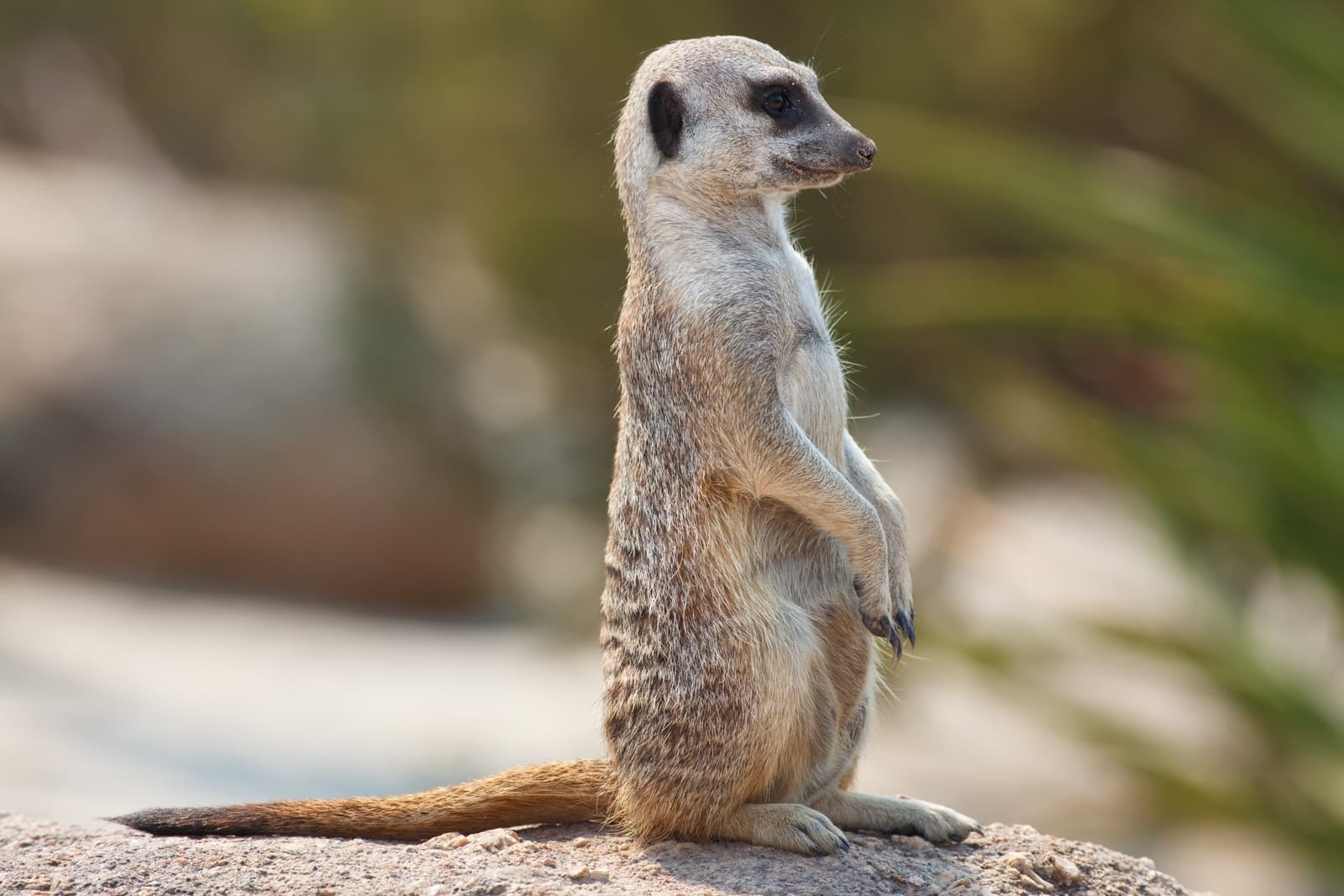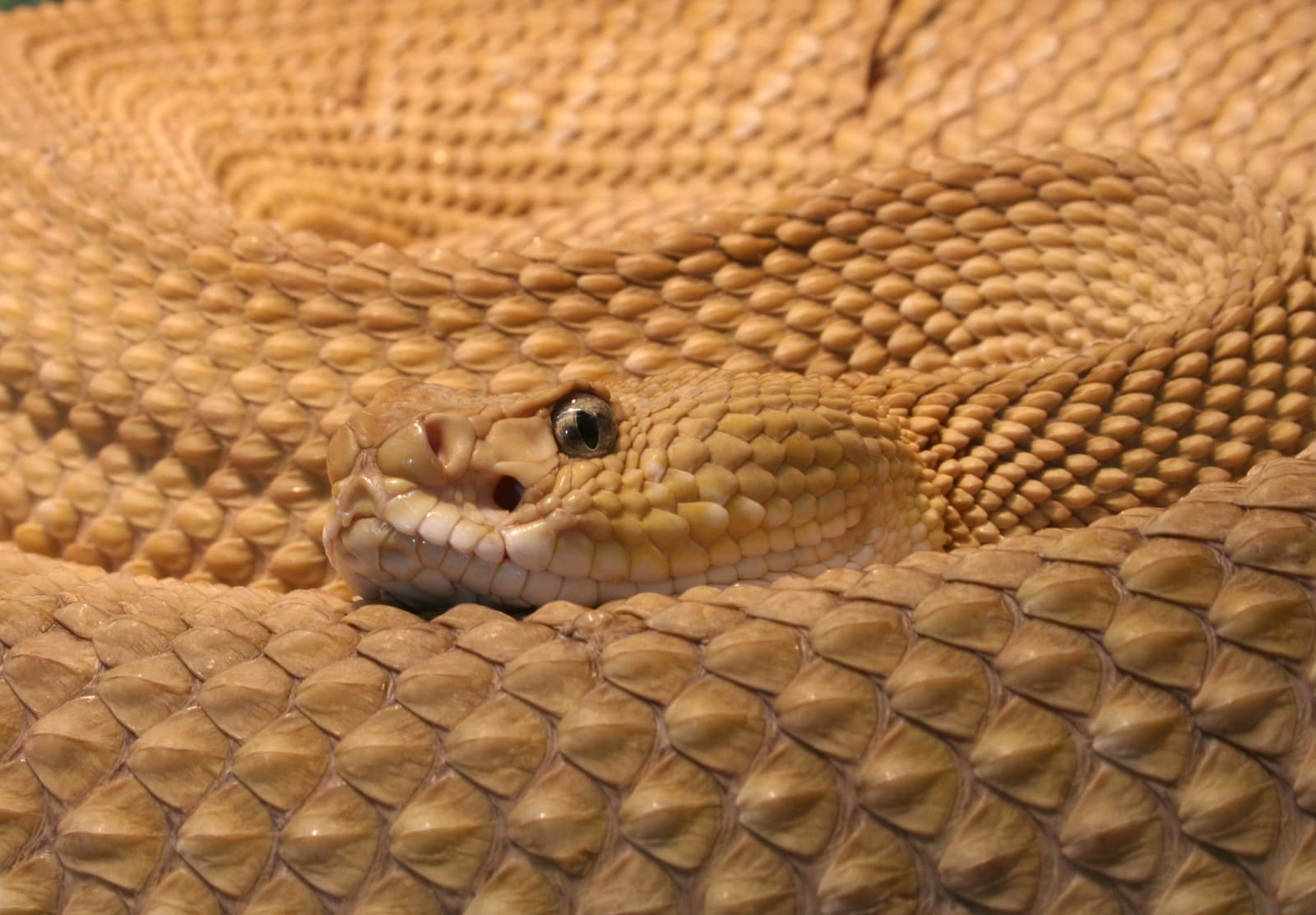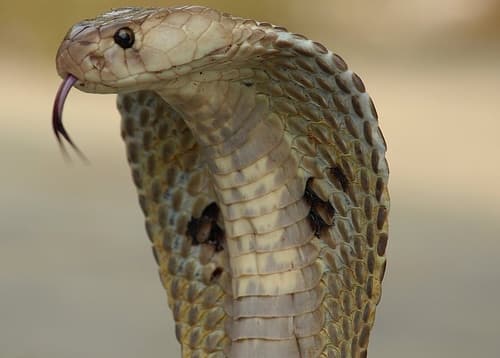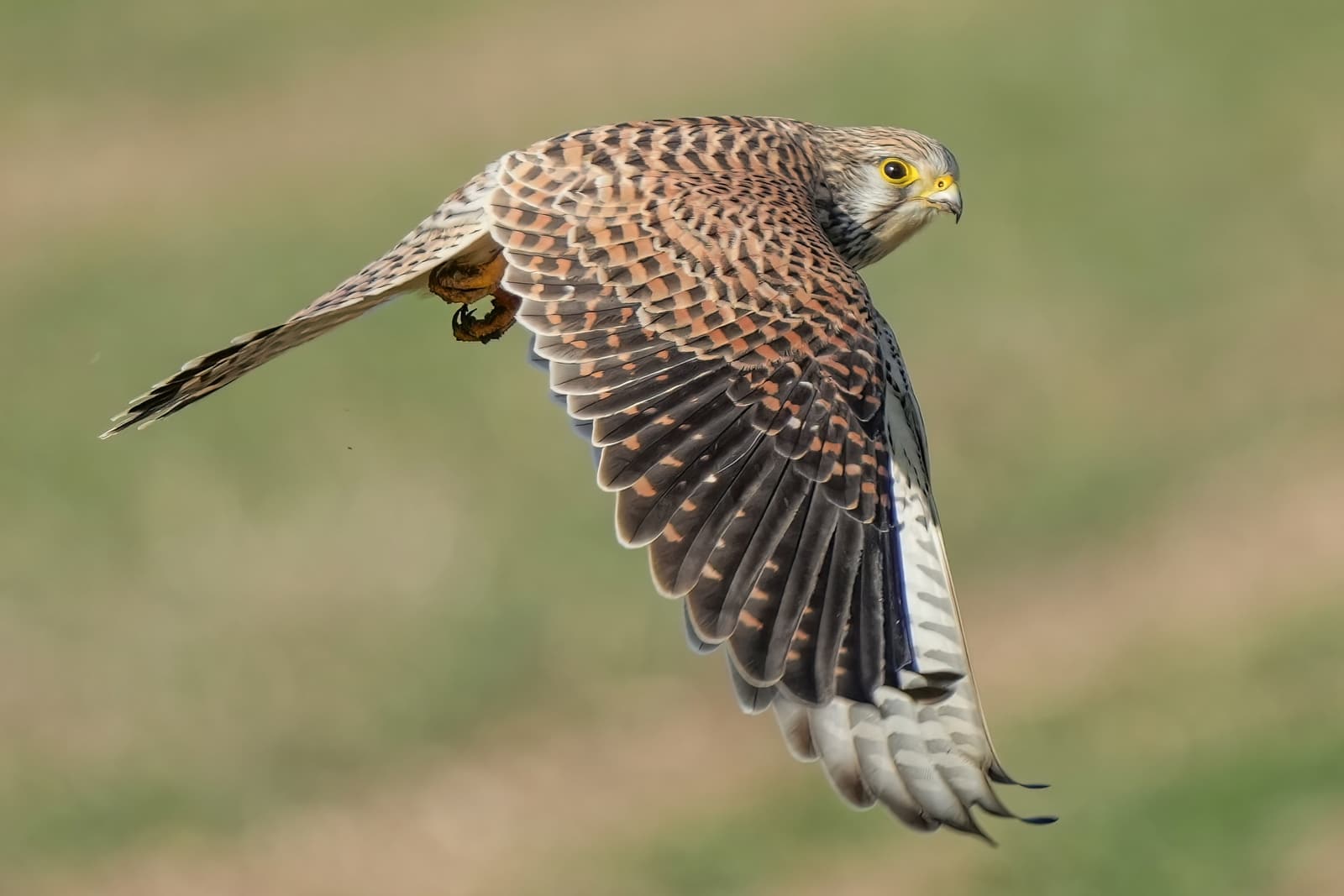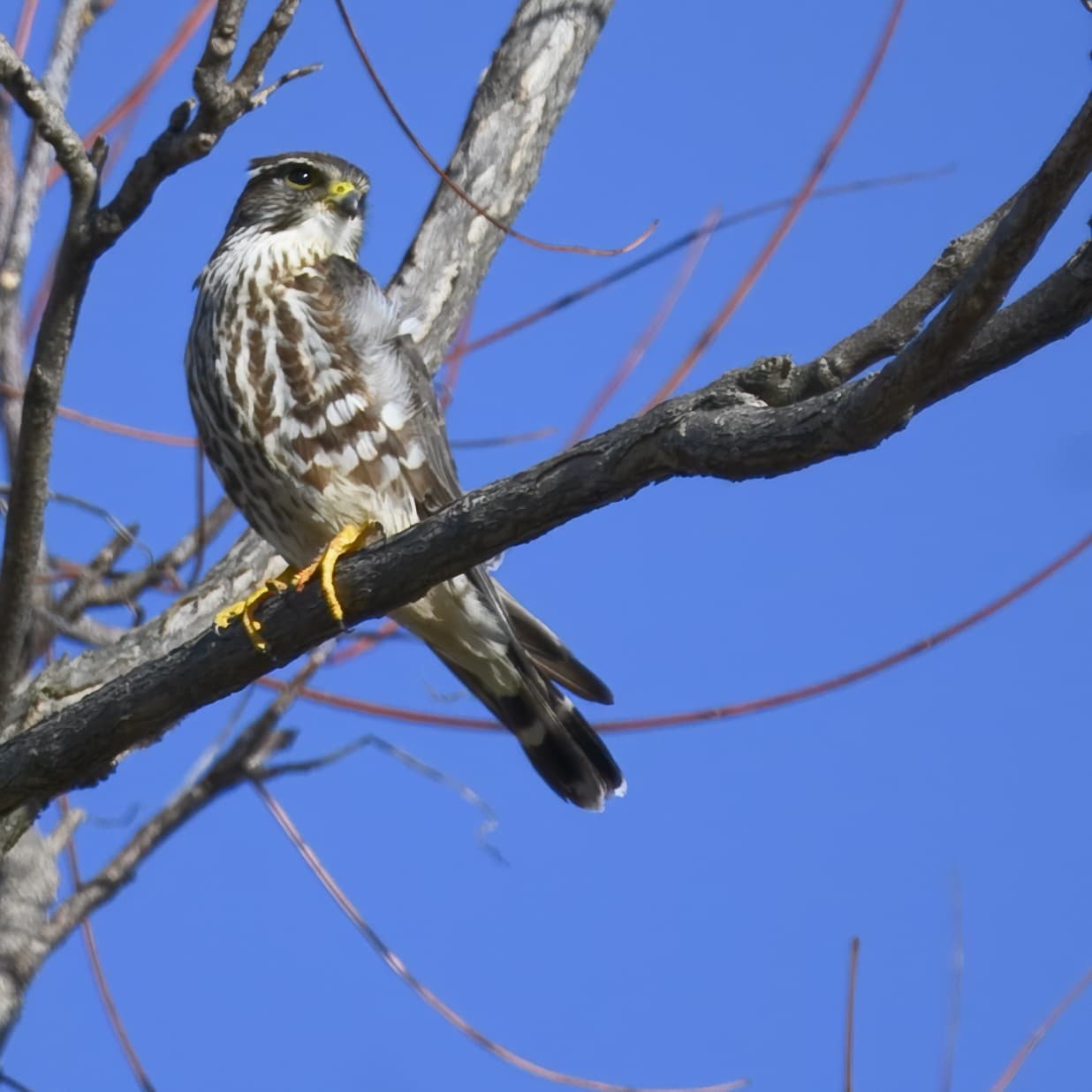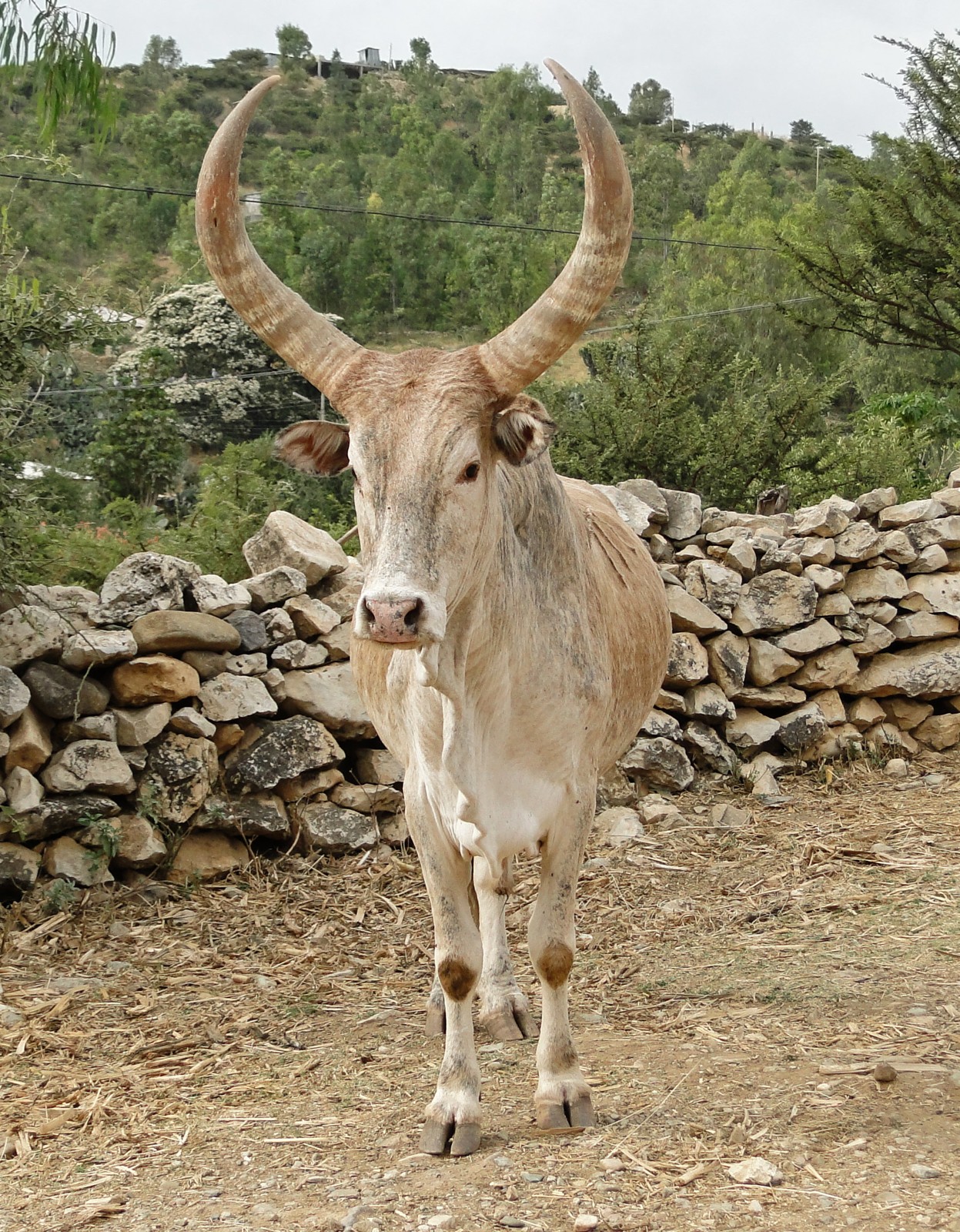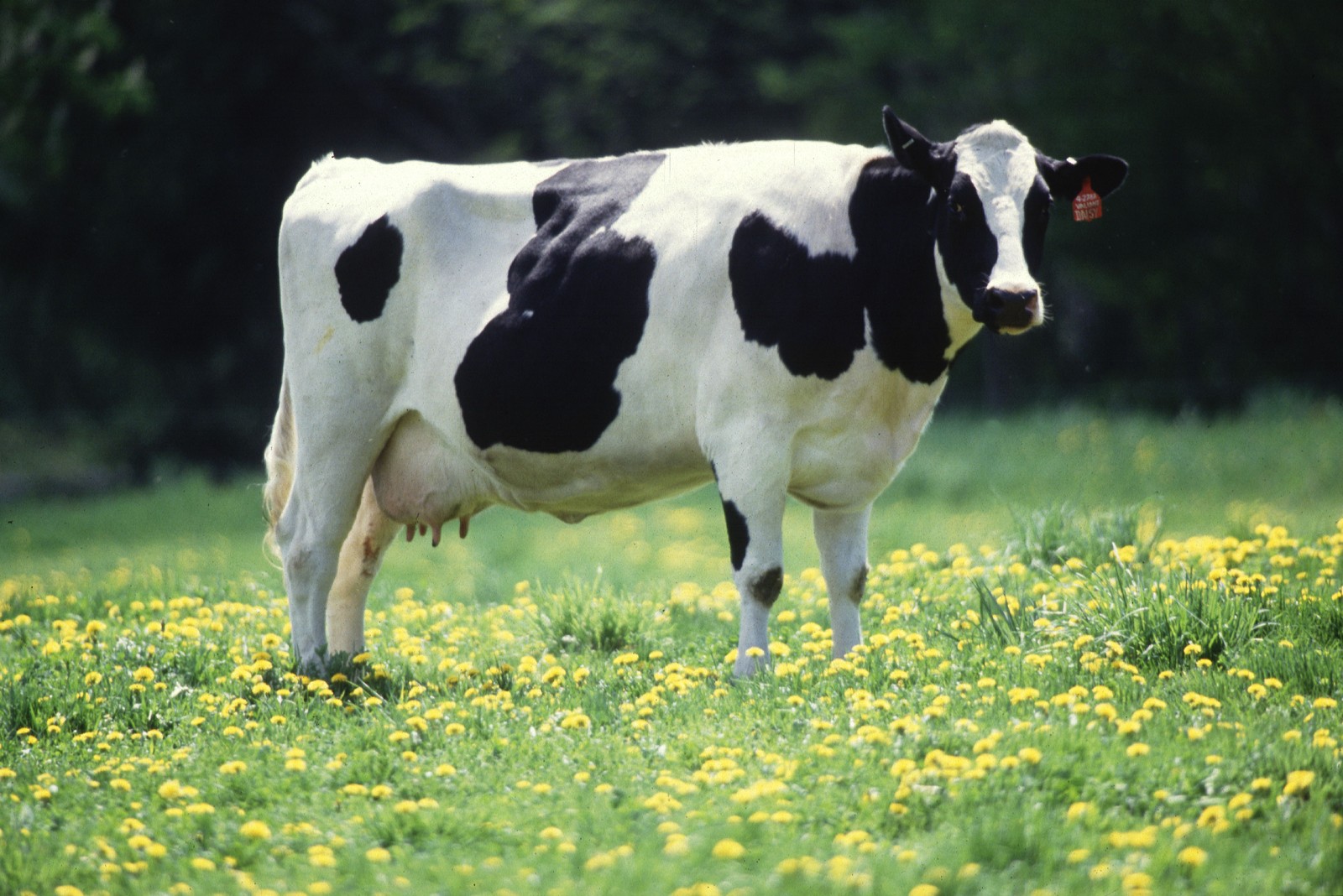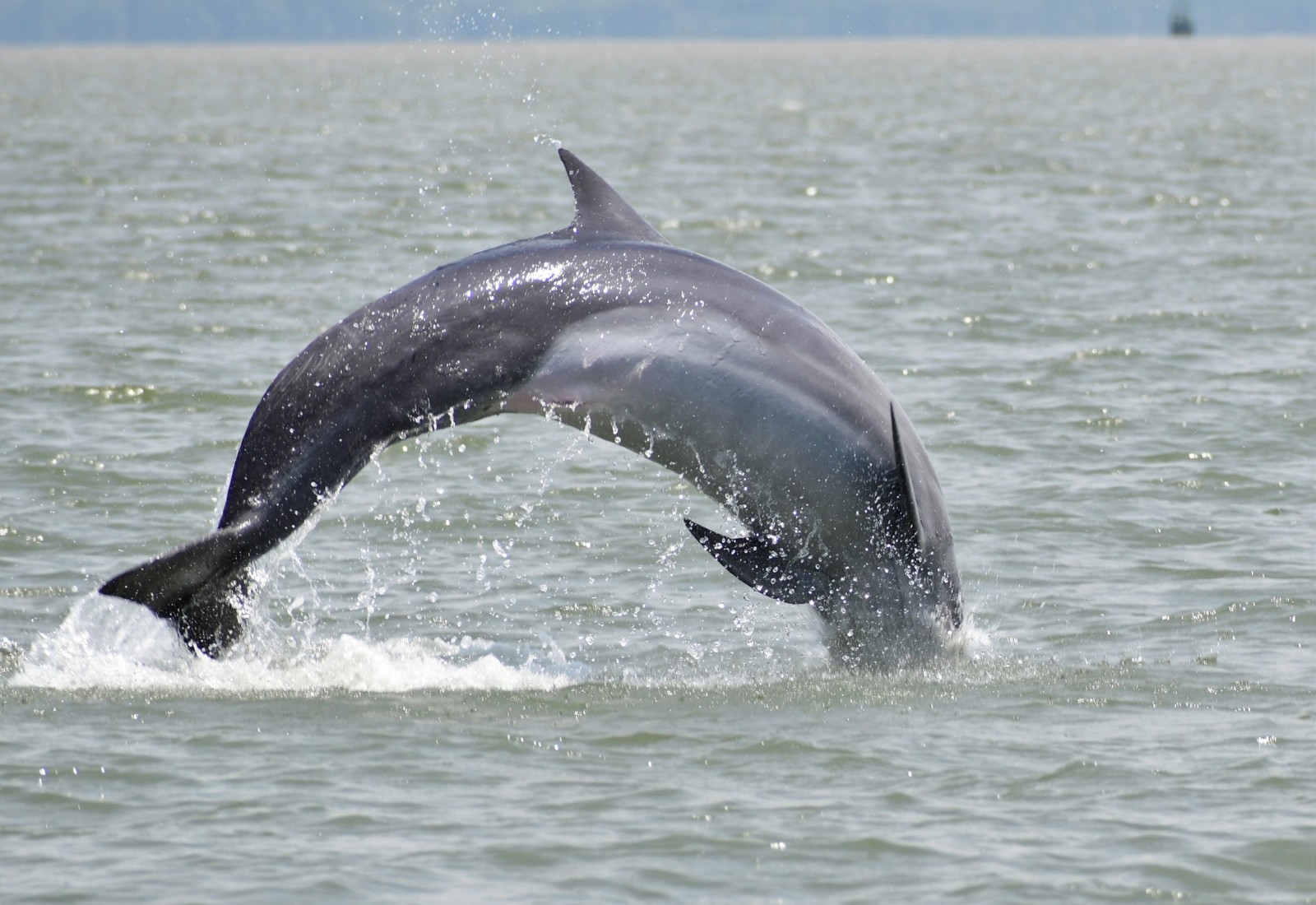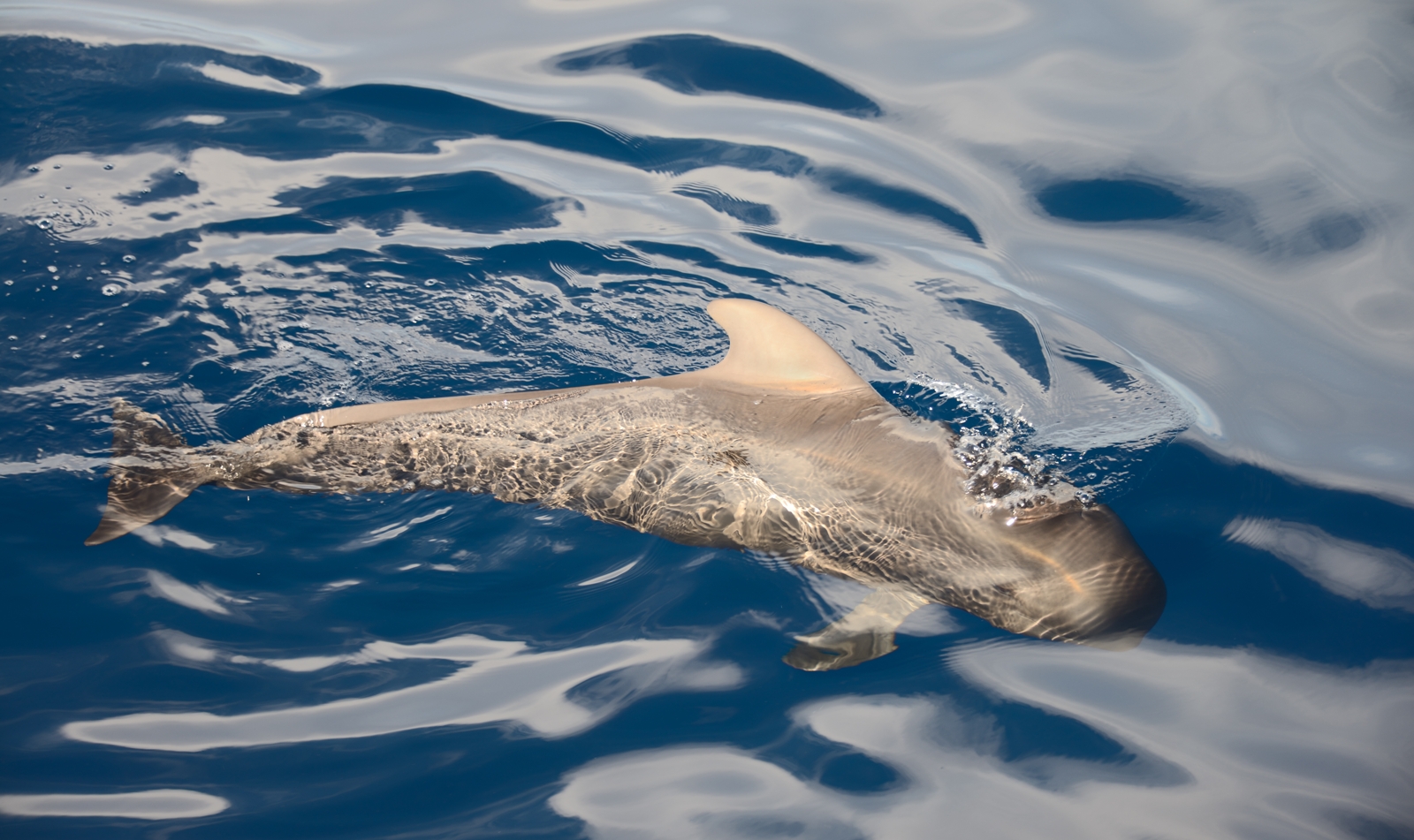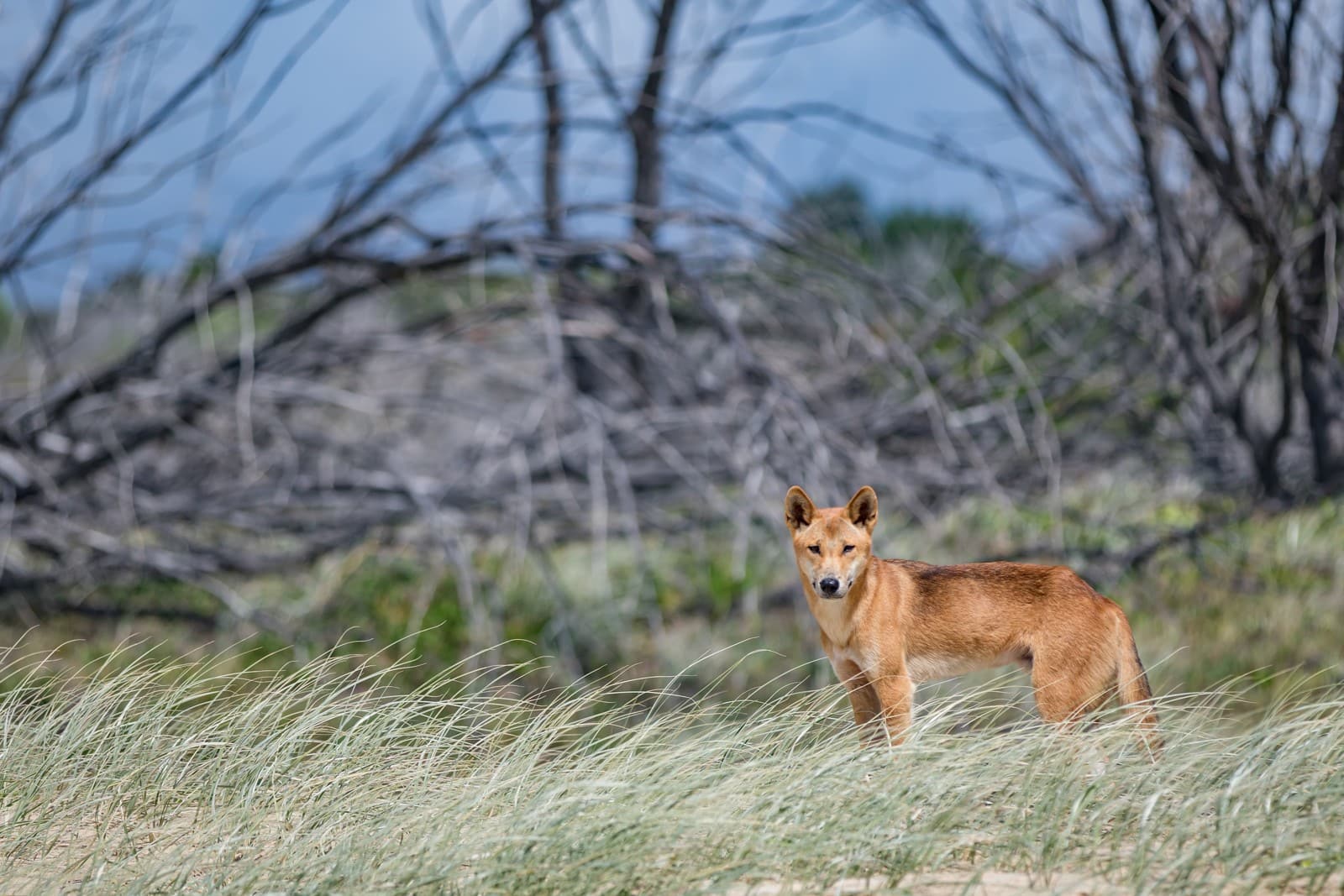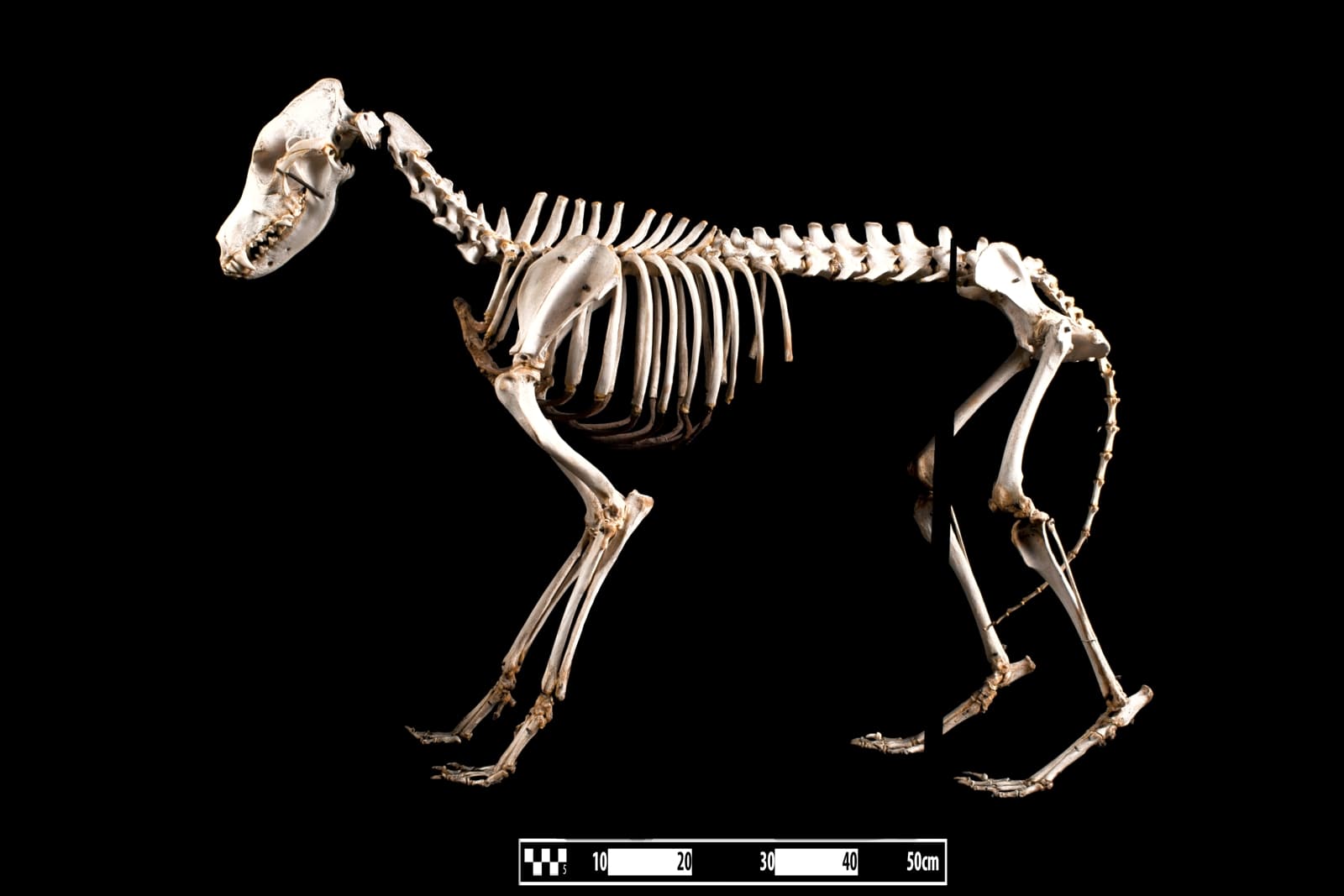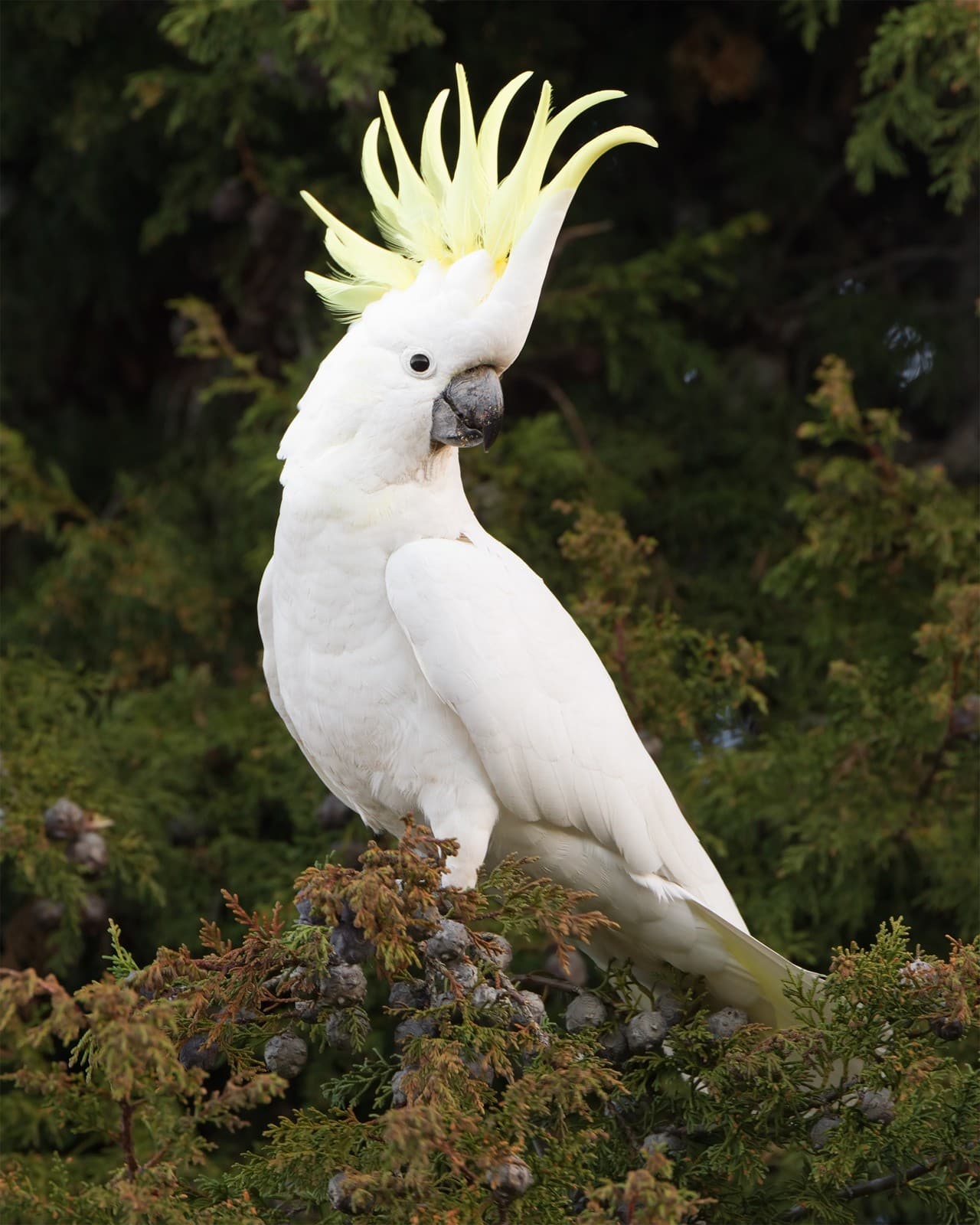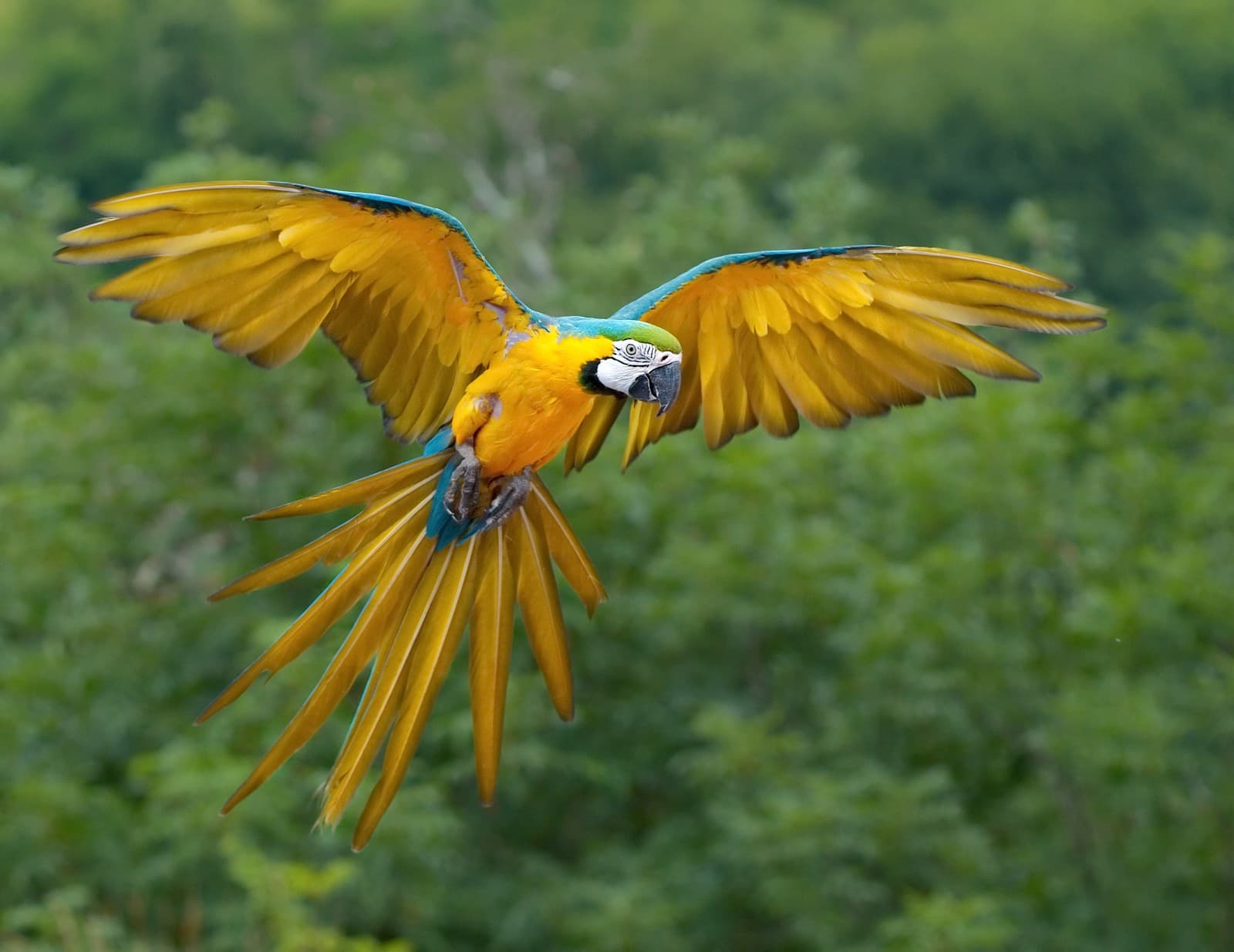Mongoose vs Cobra: A Complete Comparison
The legendary rivalry between mongoose and cobra represents one of nature’s most remarkable predator-prey relationships. Indian grey mongooses (Herpestes edwardsii) regularly hunt and kill king cobras (Ophiophagus hannah) despite the snake’s lethal venom capable of killing an elephant. This extraordinary ability stems from the mongoose’s specialized acetylcholine receptors, which provide partial immunity to cobra venom.
In this classic matchup, the mongoose’s lightning-quick reflexes, reaching speeds of 20 mph (32 km/h), face off against the cobra’s precision strikes, which can exceed 12 mph (19 km/h). The mongoose typically stands just 16-20 inches (40-50 cm) tall, while the king cobra can rear up to 6 feet (1.8 m) when displaying its iconic hood.
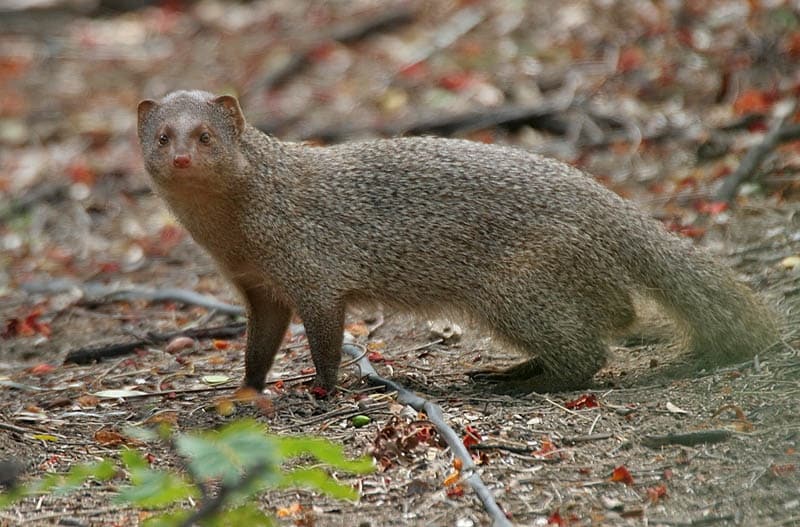
© J.M.Garg / CC BY-SA 3.0
The Indian grey mongoose exhibits perfect adaptations for snake hunting, including thick fur that acts as natural armor and incredibly fast reflexes that allow it to dodge cobra strikes with remarkable precision.
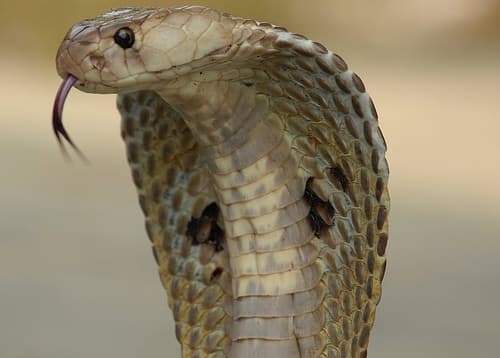
© Kamalnv / CC BY 3.0
The king cobra, world’s longest venomous snake, displays its characteristic hood when threatened - a warning display that can make this formidable predator appear even more intimidating to potential threats.
| Feature | Mongoose | Cobra |
|---|---|---|
| Size | 16-20 inches (40-50 cm) | Up to 18 feet (5.5 m) |
| Weight | 3-6 lbs (1.4-2.7 kg) | 13-20 lbs (6-9 kg) |
| Speed | 20 mph (32 km/h) | 12 mph (19 km/h) |
| Defense | Thick fur, agility, venom resistance | Venomous bite, hood display |
| Hunting style | Active pursuit, quick attacks | Ambush, strike and retreat |
| Natural lifespan | 7-10 years | 20-30 years |
How Do Mongooses Hunt Cobras?
The mongoose employs a sophisticated hunting strategy when targeting cobras. Using its exceptional agility, the mongoose will deliberately provoke the cobra into striking, dodging the attack while looking for an opportunity to deliver a fatal bite to the snake’s head or neck. Their thick fur and loose skin provide additional protection against rare successful snake strikes.
Why Are Mongooses Immune to Cobra Venom?
While not completely immune, mongooses possess specialized acetylcholine receptors that make them highly resistant to cobra venom. These modified receptors prevent the neurotoxins in cobra venom from binding effectively, allowing the mongoose to survive bites that would be fatal to other animals of similar size.
Cobra Defense Mechanisms
King cobras employ several sophisticated defense strategies when confronting mongooses:
- Hood expansion to appear larger
- Precise tracking of opponent movements
- Strategic venom conservation
- Ability to deliver multiple strikes
- Impressive striking distance up to 7 feet (2.1 m)
Who Would Win: Mongoose vs Cobra Analysis
In natural encounters, mongooses win approximately 77% of confrontations with cobras, according to field studies. This success rate stems from several key advantages:
- Superior speed and agility
- Partial venom immunity
- Specialized hunting techniques
- Natural armor (thick fur)
- Evolved predatory instincts
Ecological Impact and Coexistence
Despite their adversarial relationship, both species play crucial roles in their ecosystems. Cobras help control rodent populations, while mongooses maintain balanced snake populations. Their evolutionary arms race has led to remarkable adaptations on both sides, demonstrating nature’s continuous cycle of predator-prey advancement.
The mongoose-cobra dynamic represents one of nature’s most fascinating examples of coevolution, where predator and prey have developed increasingly sophisticated adaptations in response to each other over millions of years.
